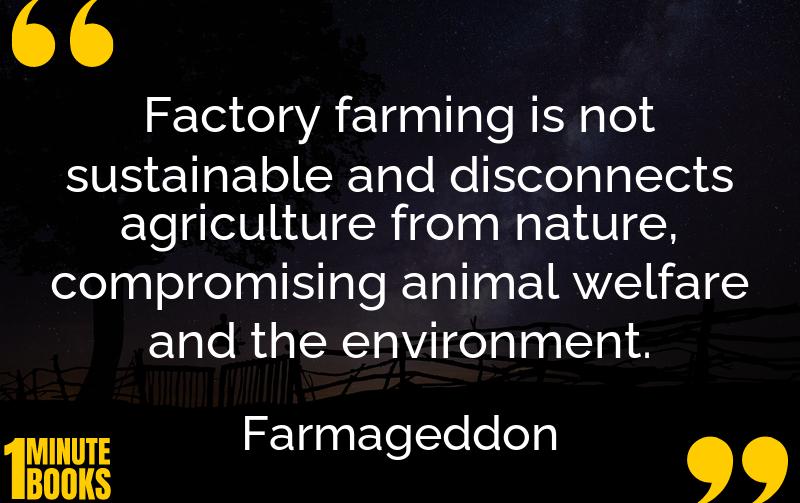
Farmageddon explores the global impact of factory farming on the environment, animal welfare, and human health. It highlights pollution, antibiotic resistance, and calls for sustainable practices.
Main Lessons
- Factory farming is a dominant force in global agriculture, consuming over 70% of available land.
- The Central Valley of California is heavily polluted due to the waste produced by 1.75 million cows.
- China and other regions face ecological destruction from overuse of fertilizers and waste dumping.
- Antibiotic overuse in livestock contributes to the rise of superbugs, impacting human and animal health.
- Conventional farming practices are unsustainable and conflict with natural biodiversity.
- Monoculture farming depletes native wildlife, leading to significant biodiversity losses.
- Oyster populations in Chesapeake Bay are nearly extinct due to ecological damage.
- Animal welfare is severely compromised in factory farms, with confined spaces and unnatural living conditions.
- Government regulations are heavily influenced by agricultural lobbies, limiting reform efforts.
- Consumers can help by choosing local, organic, and cage-free products.
- The book proposes reducing meat consumption for environmental benefits.
- Awareness is crucial for changing perceptions about the consequences of factory farming.
- Environmental degradation is increasingly tied to agricultural practices, urging a return to nature-based methods.








